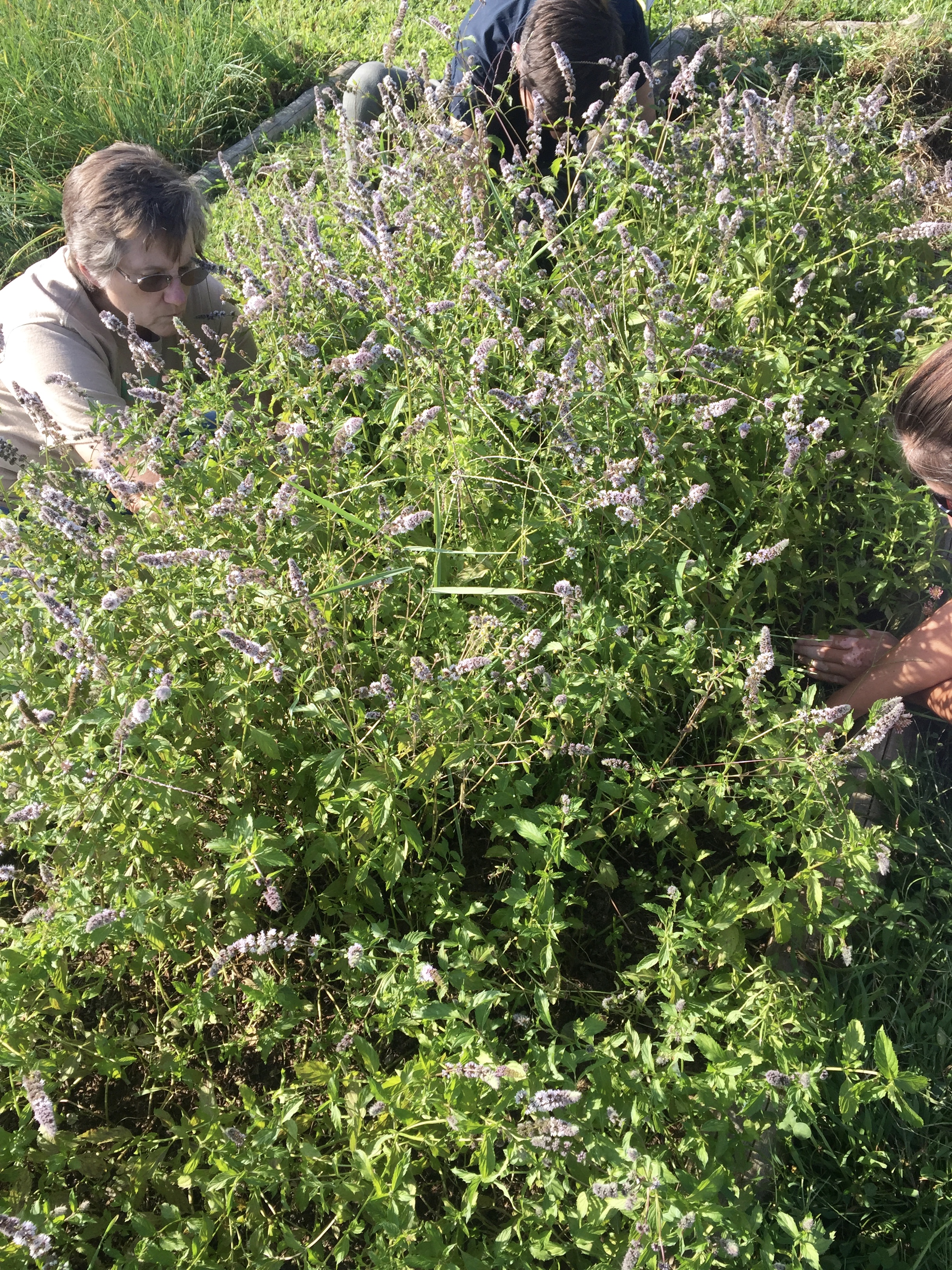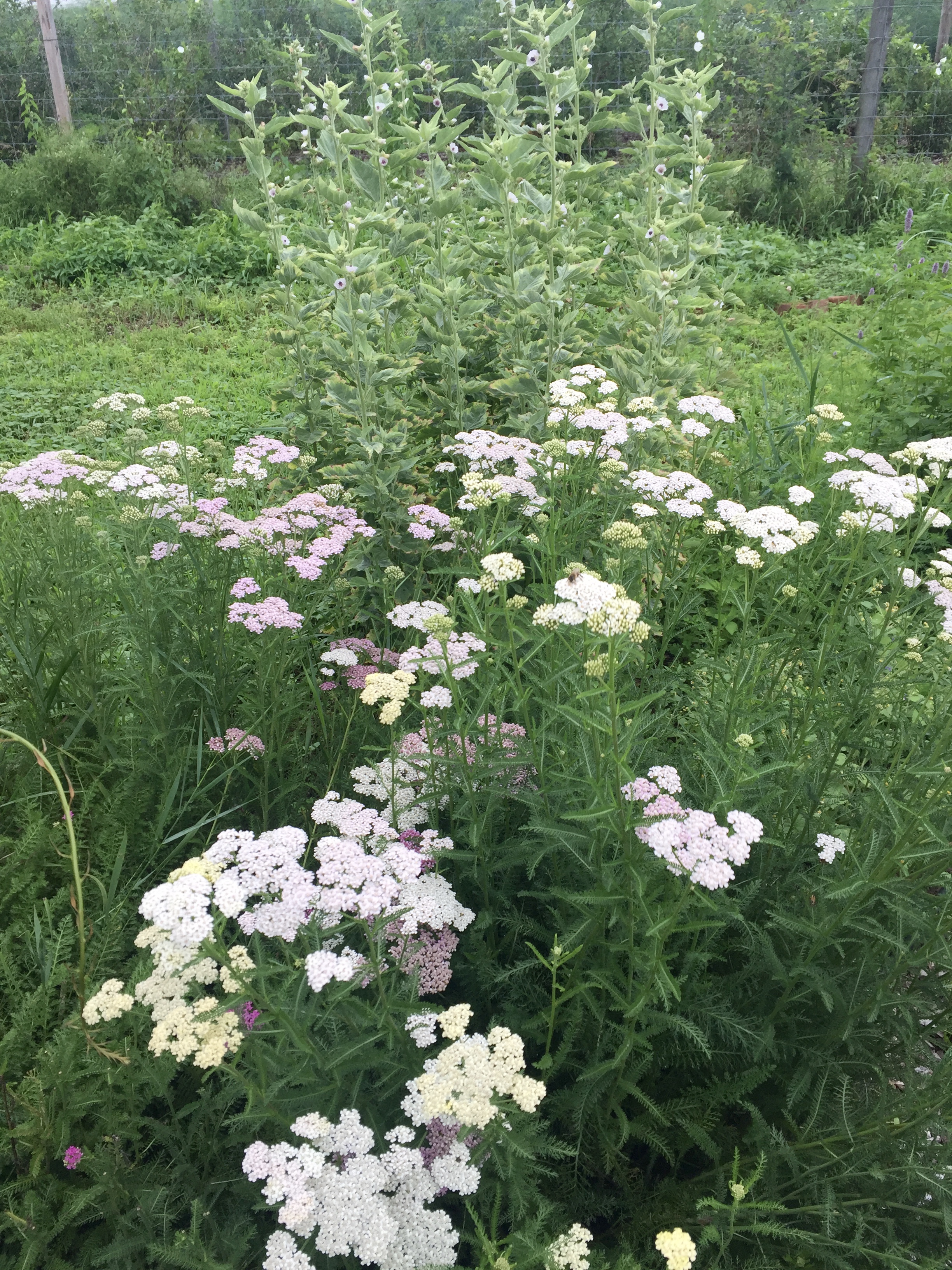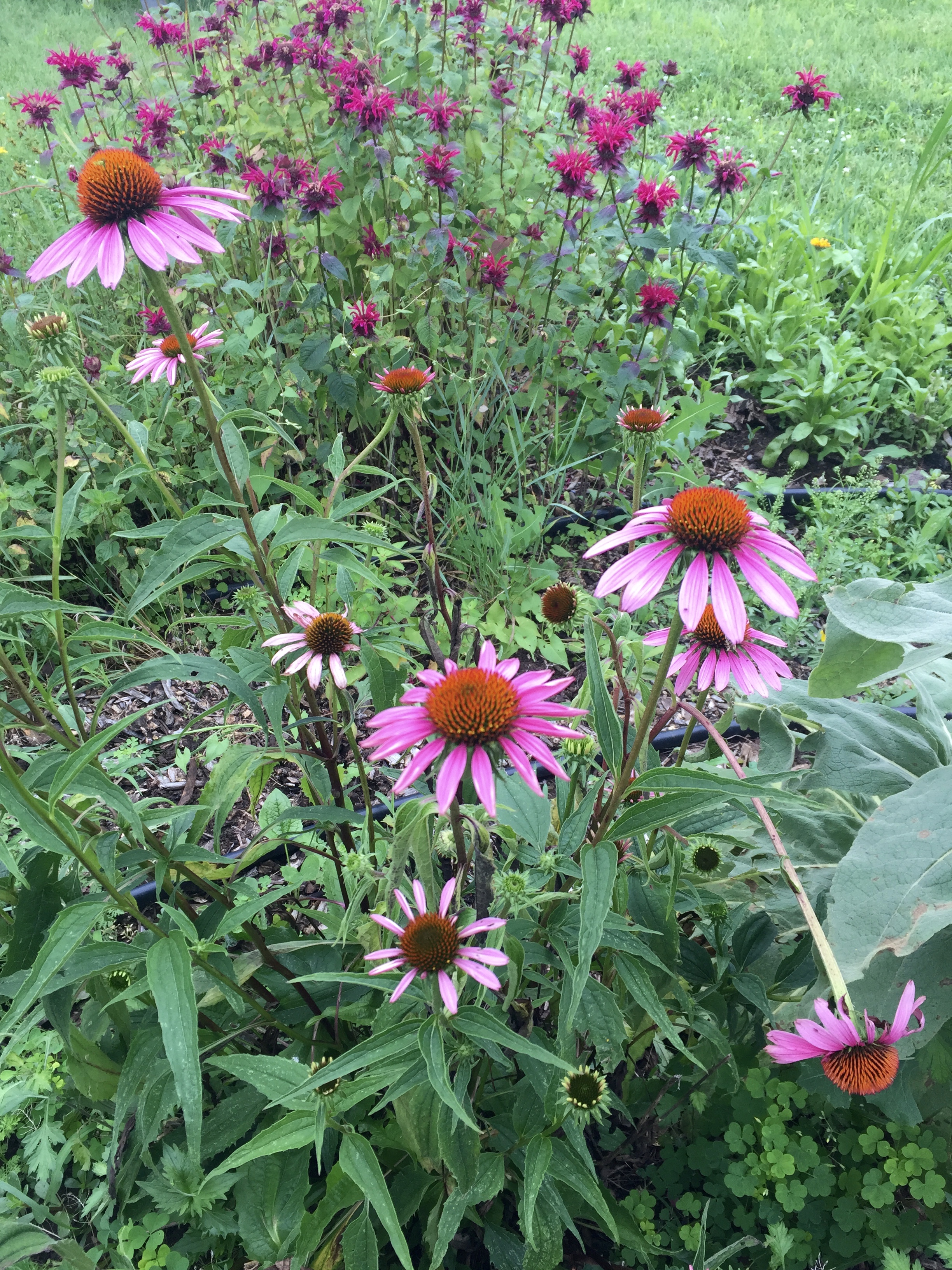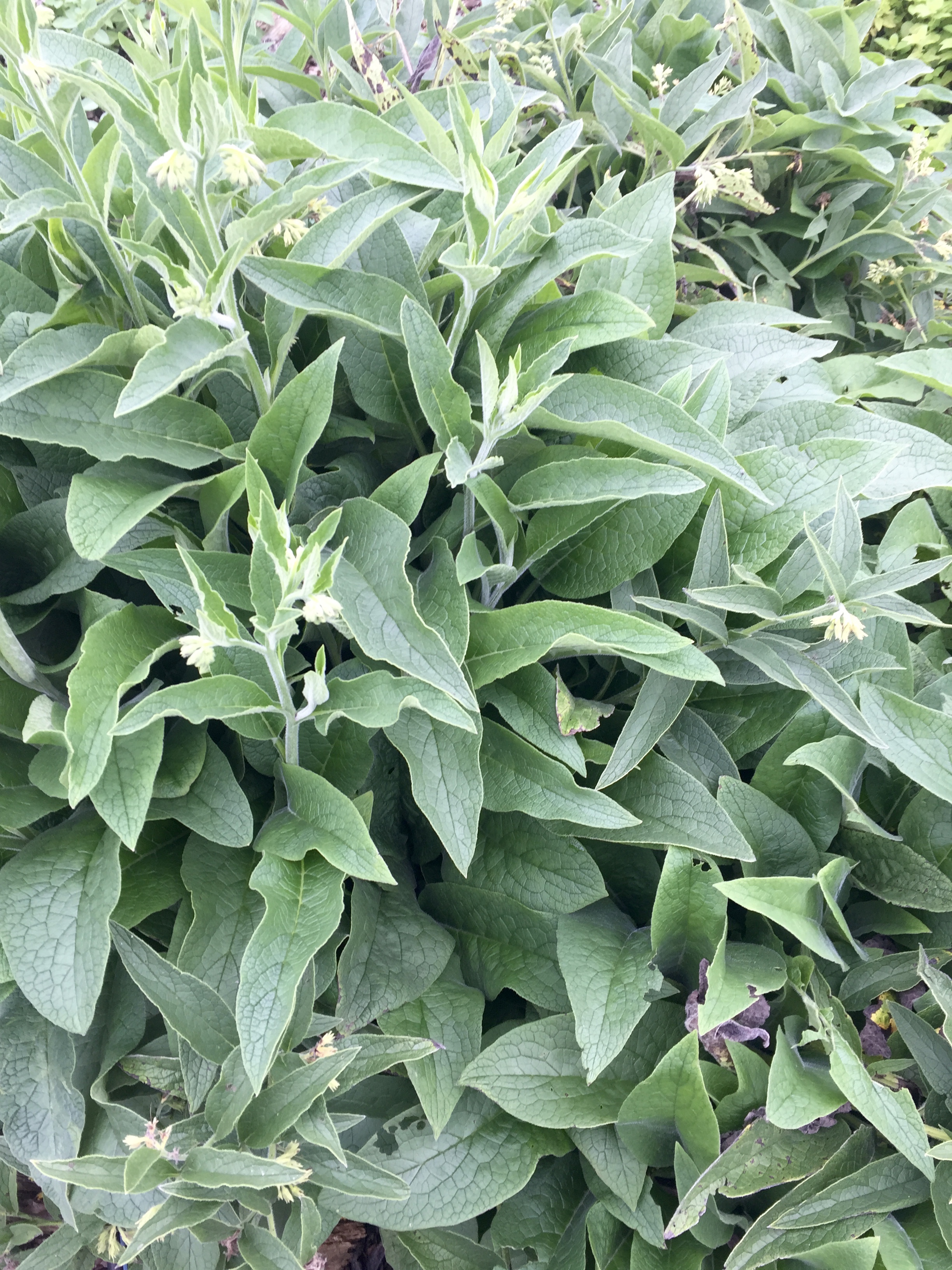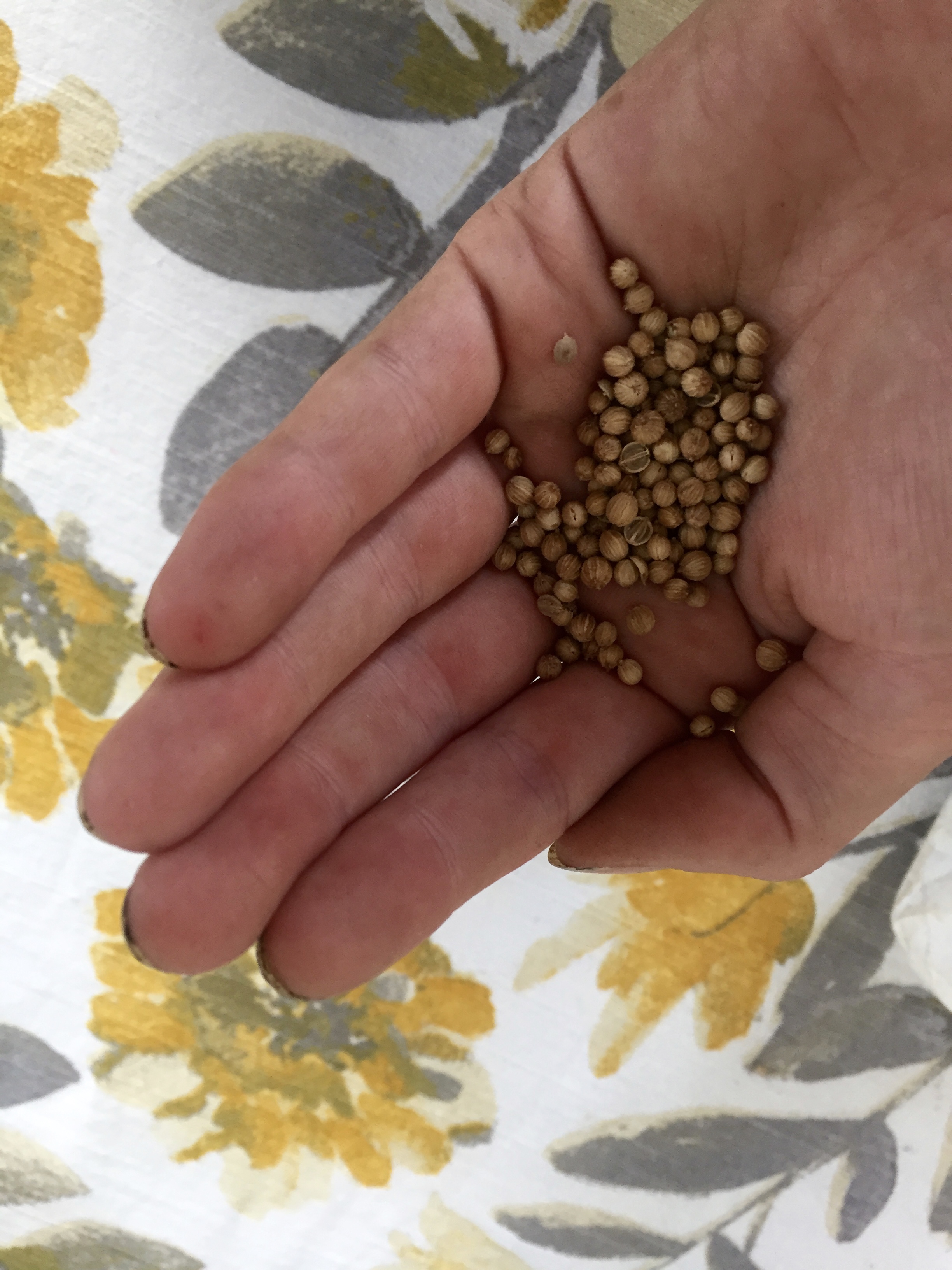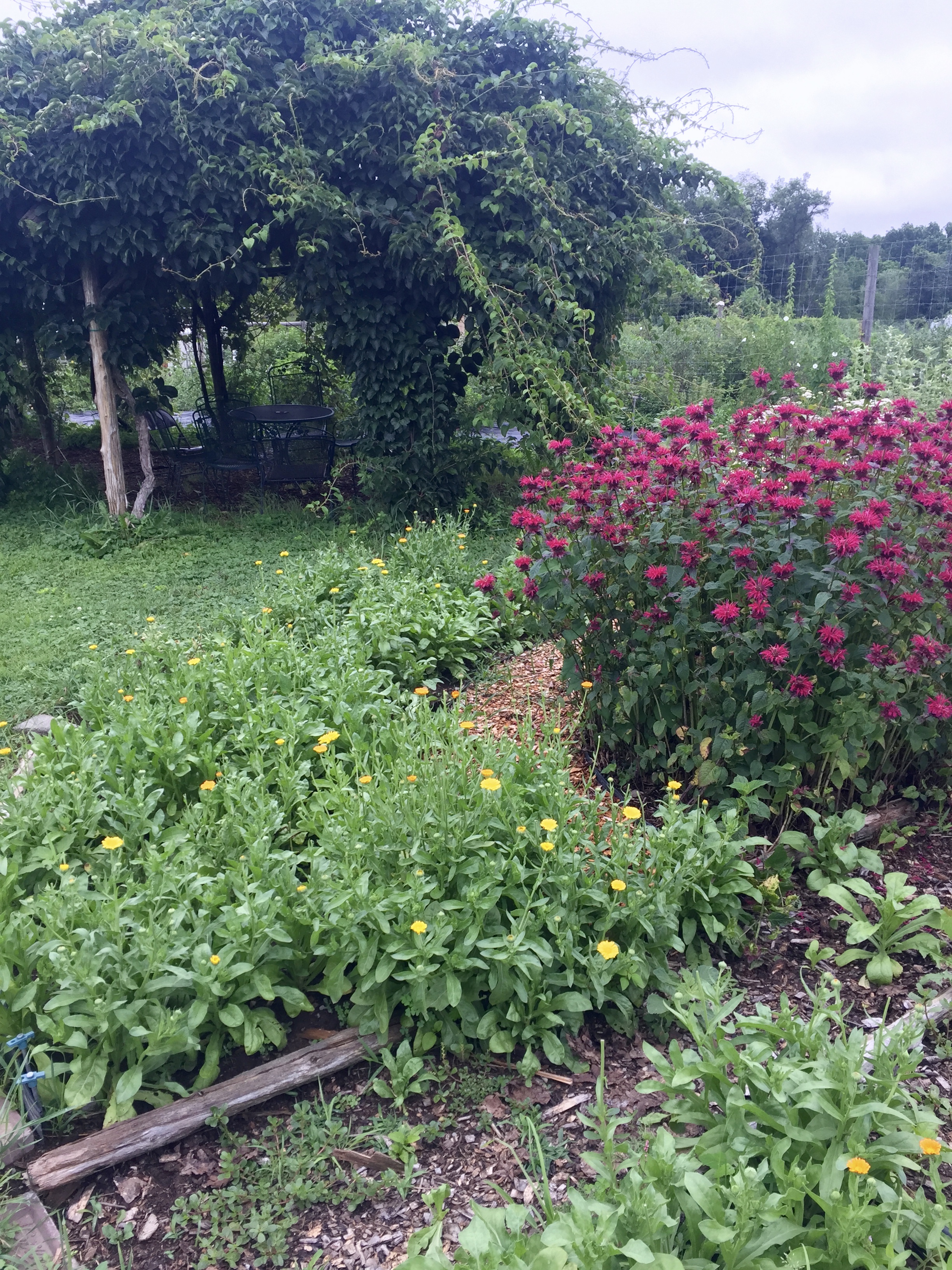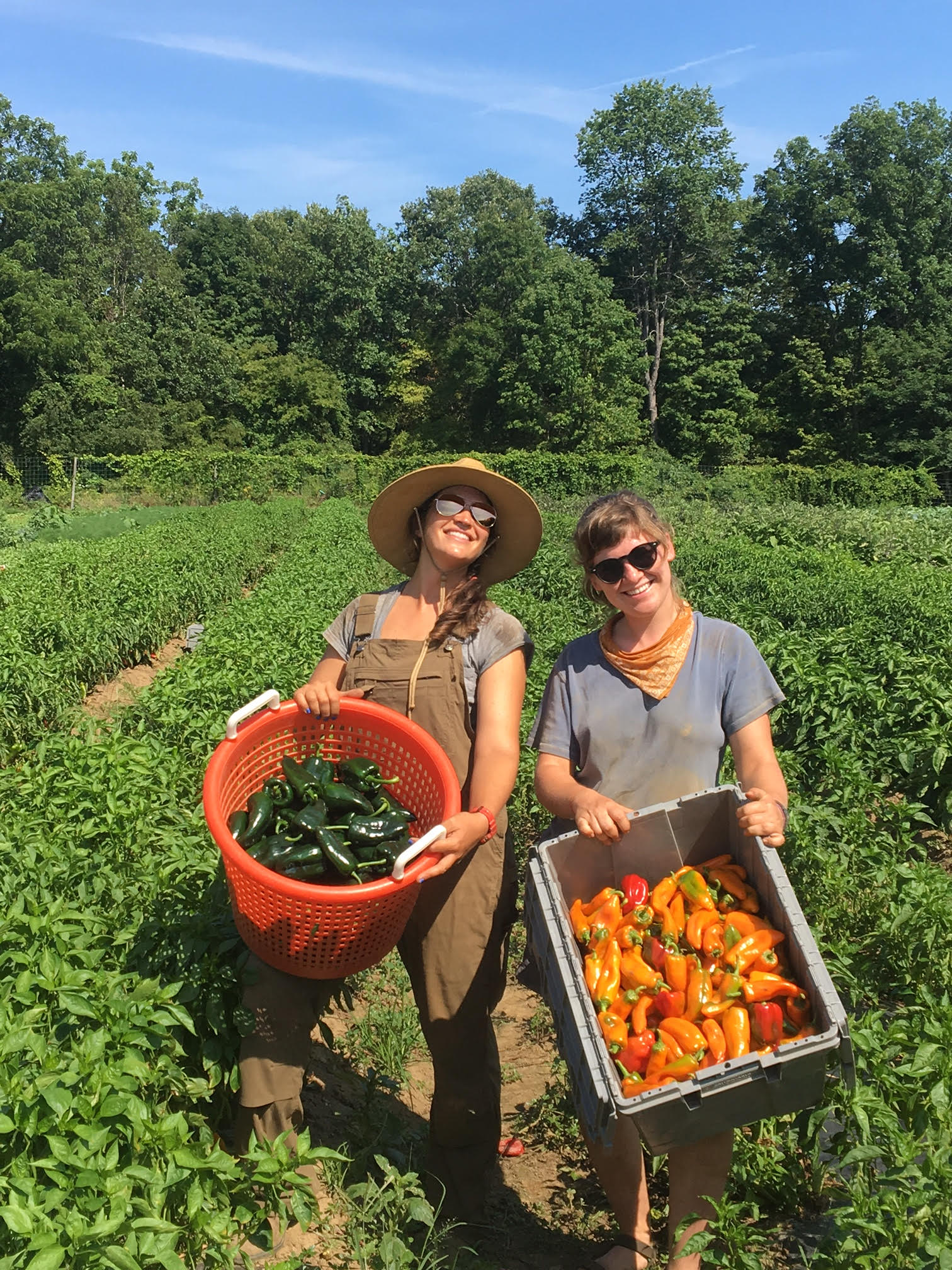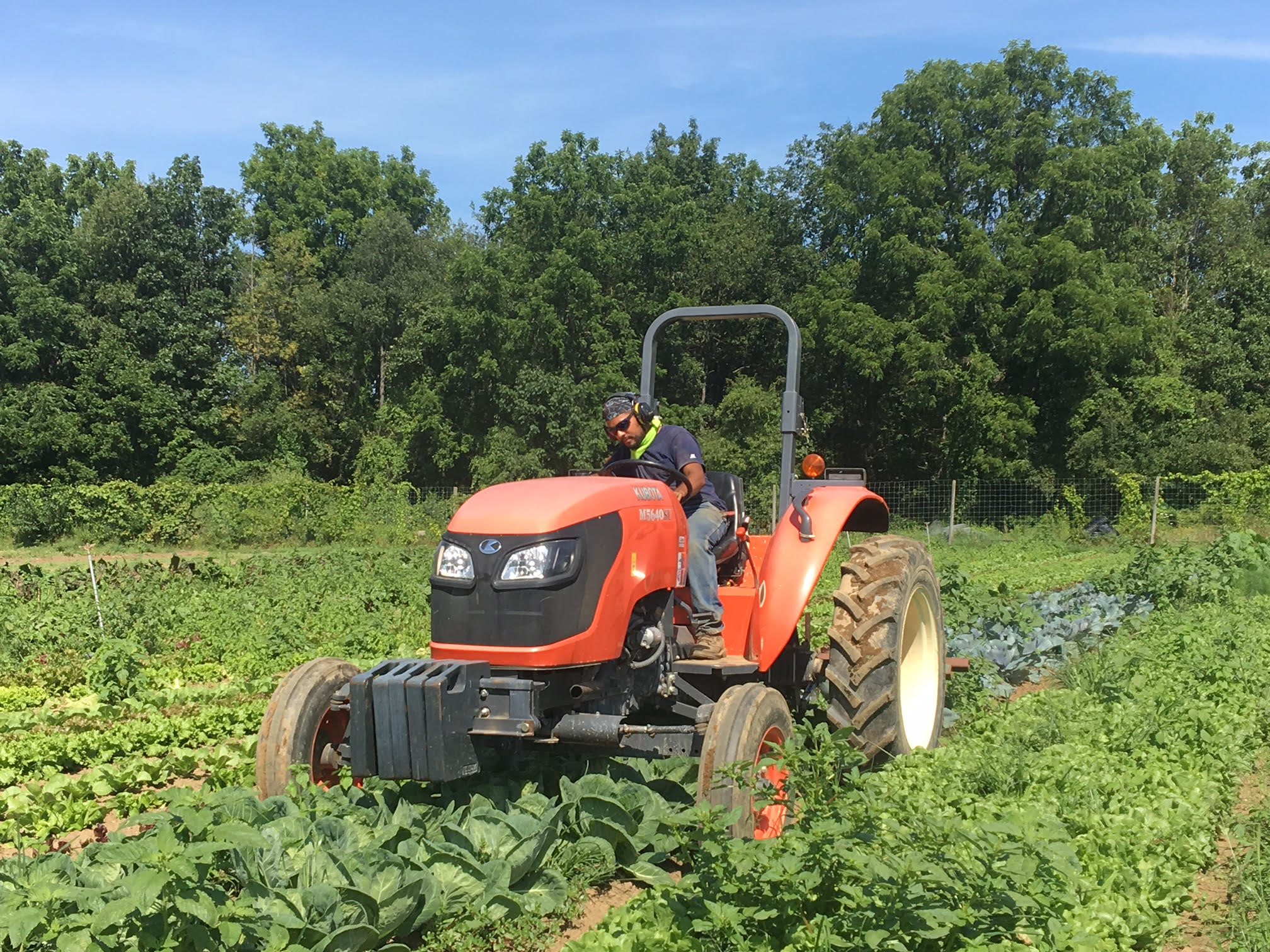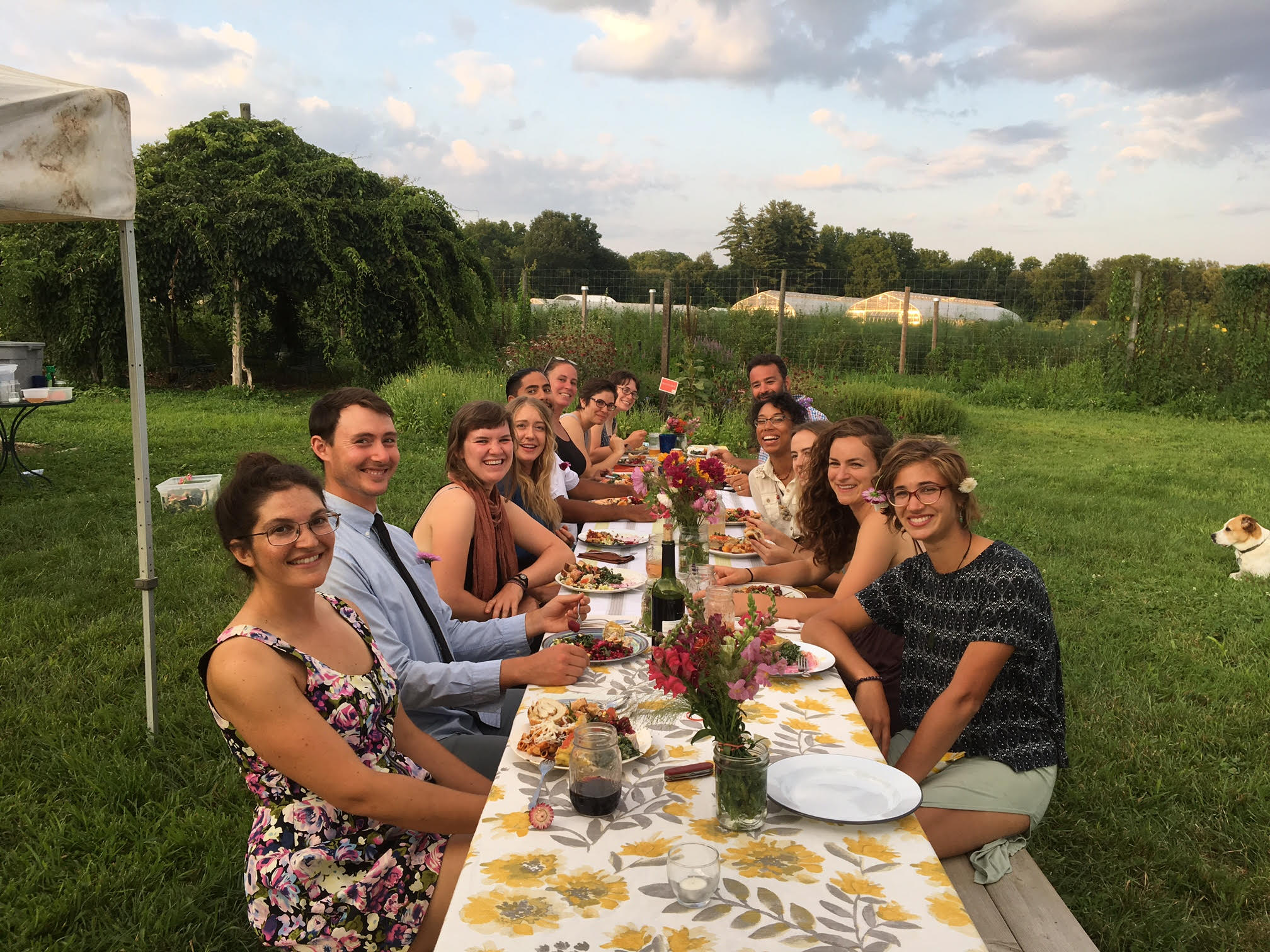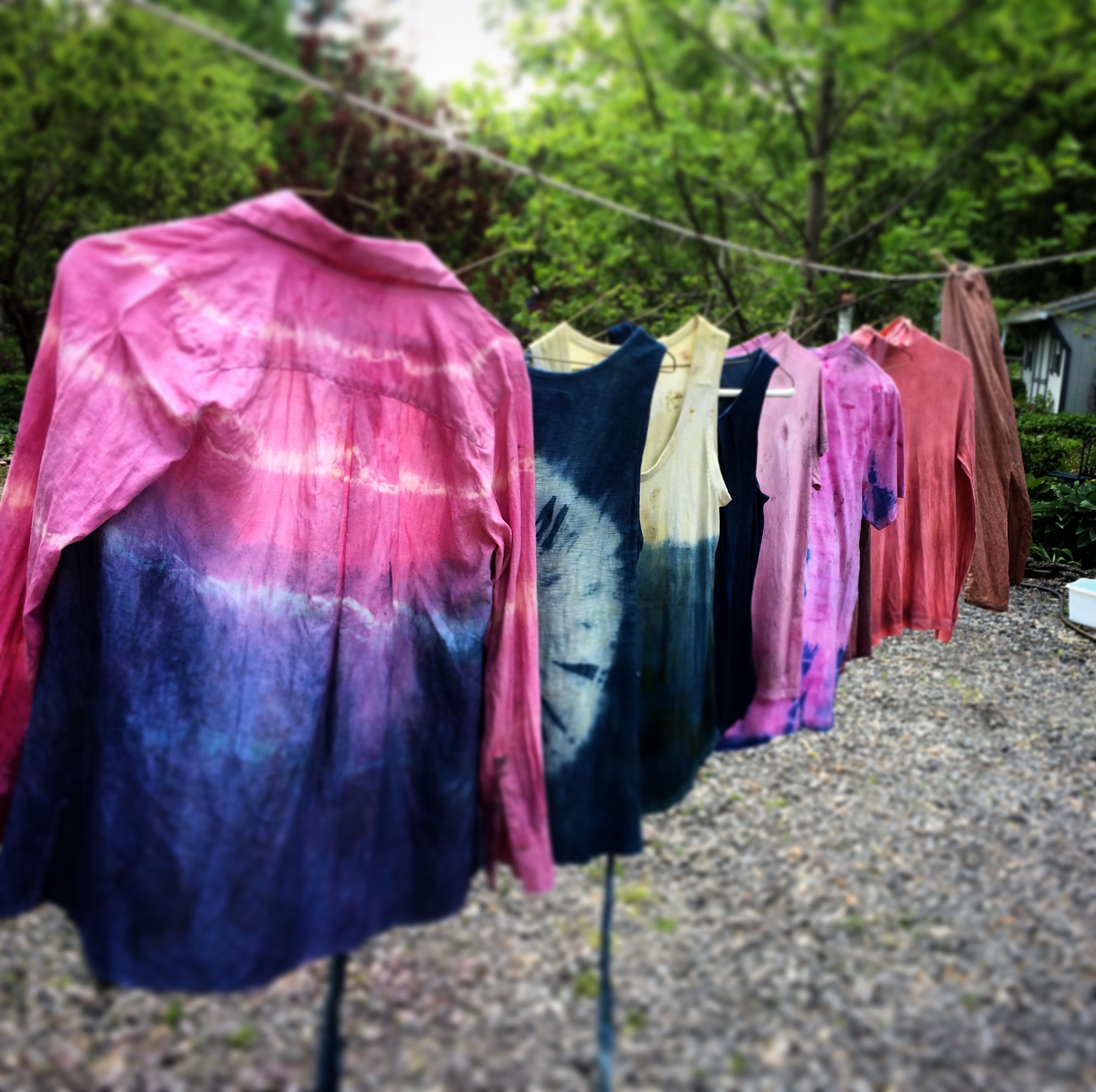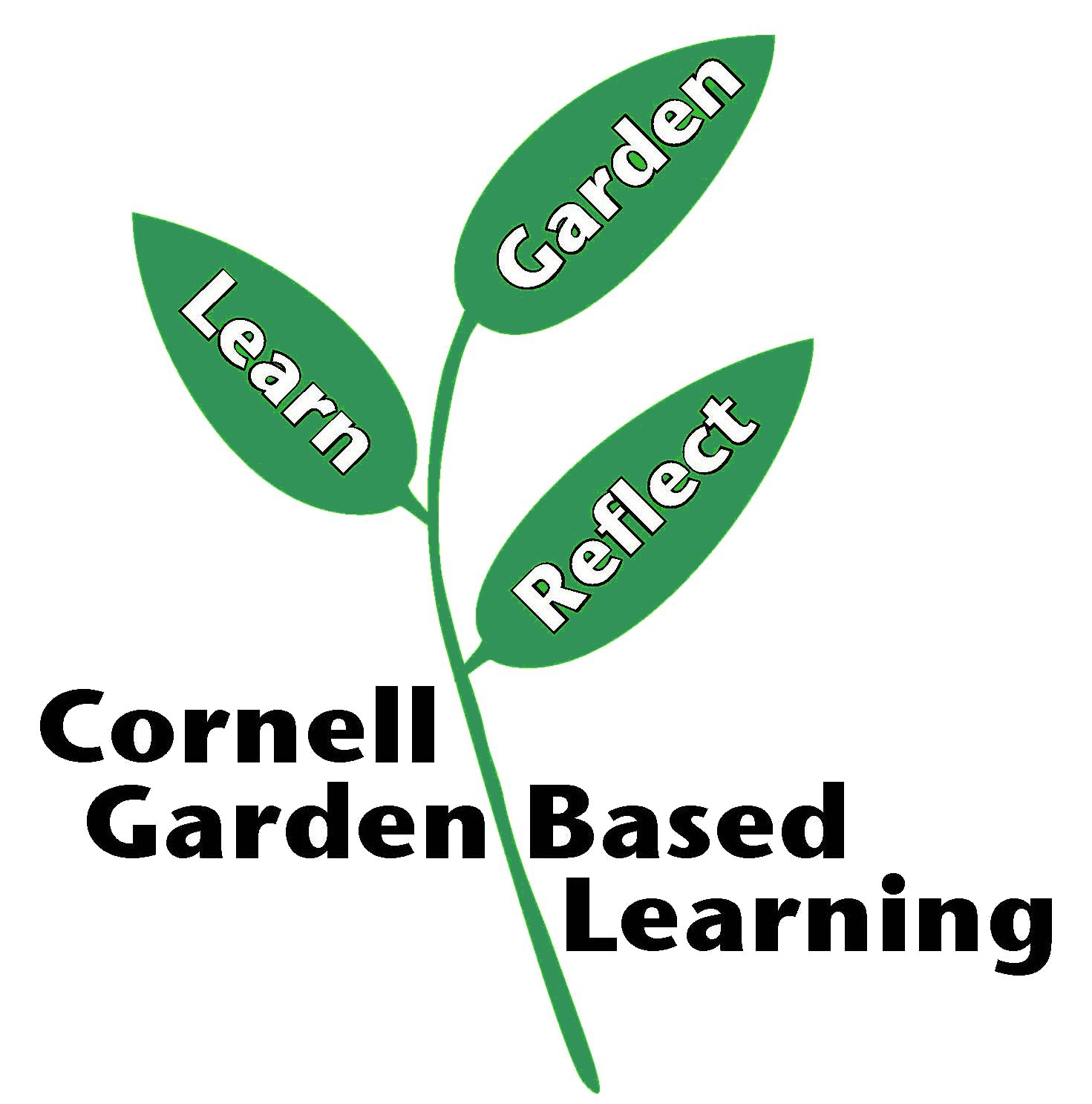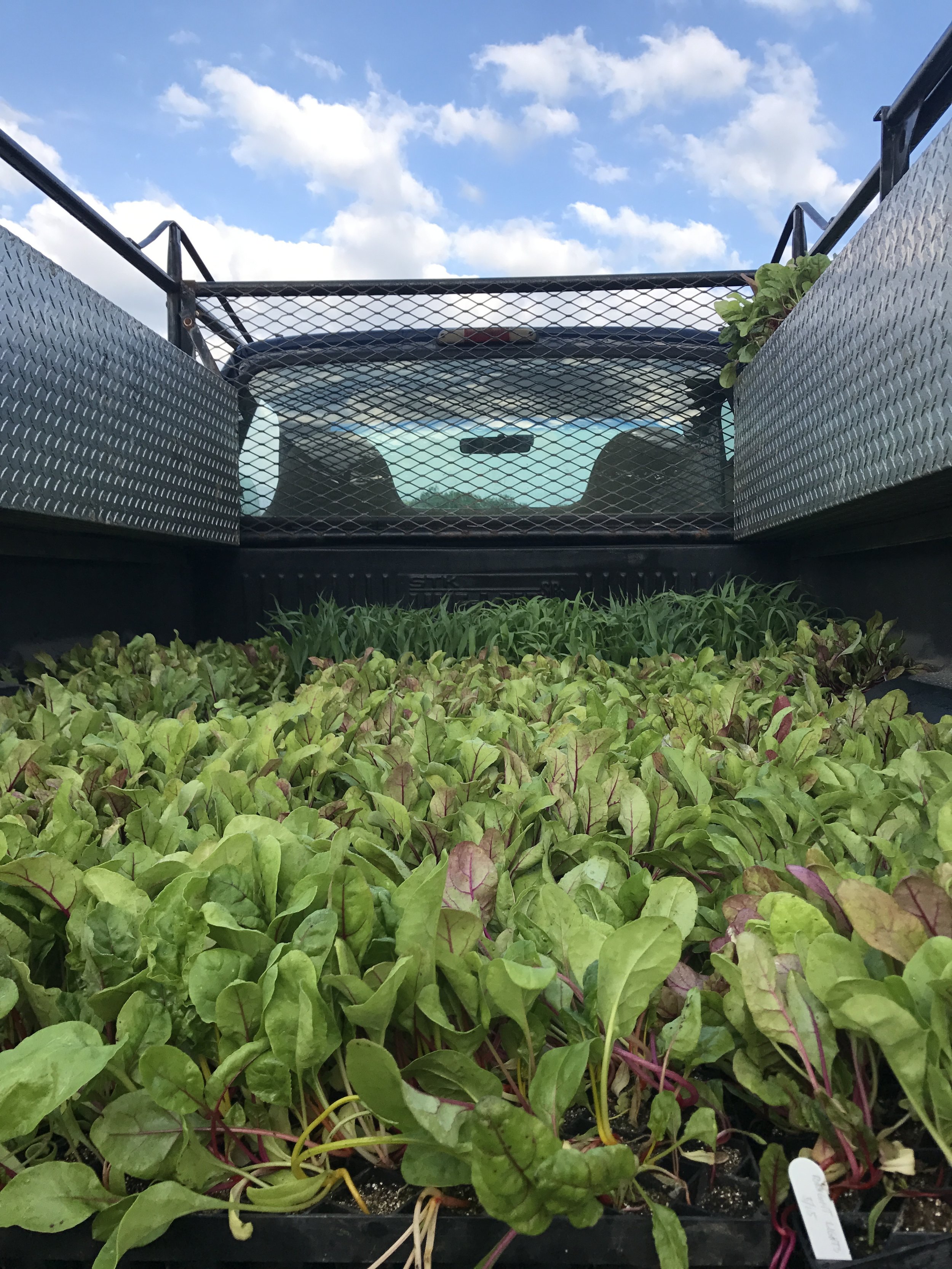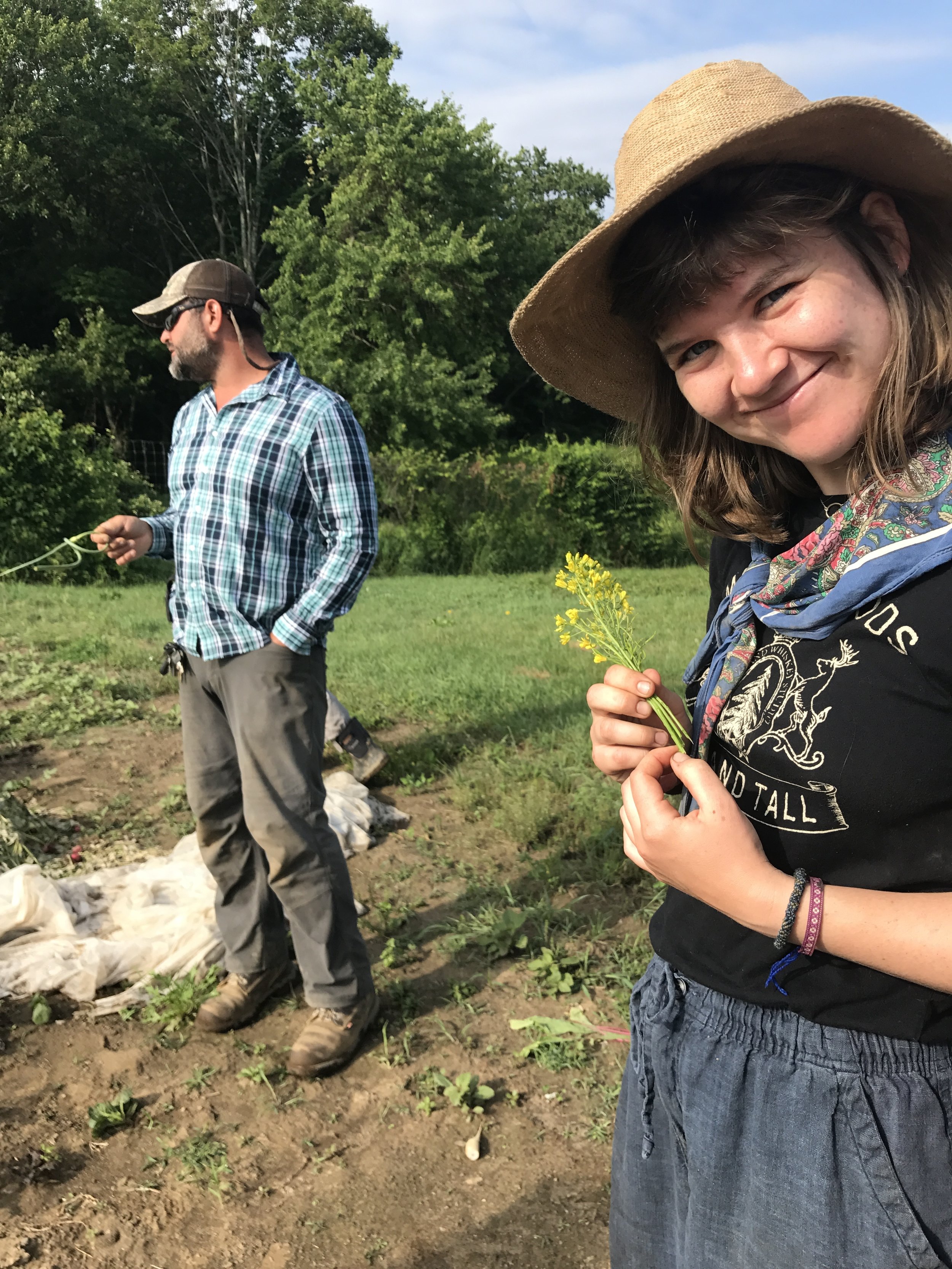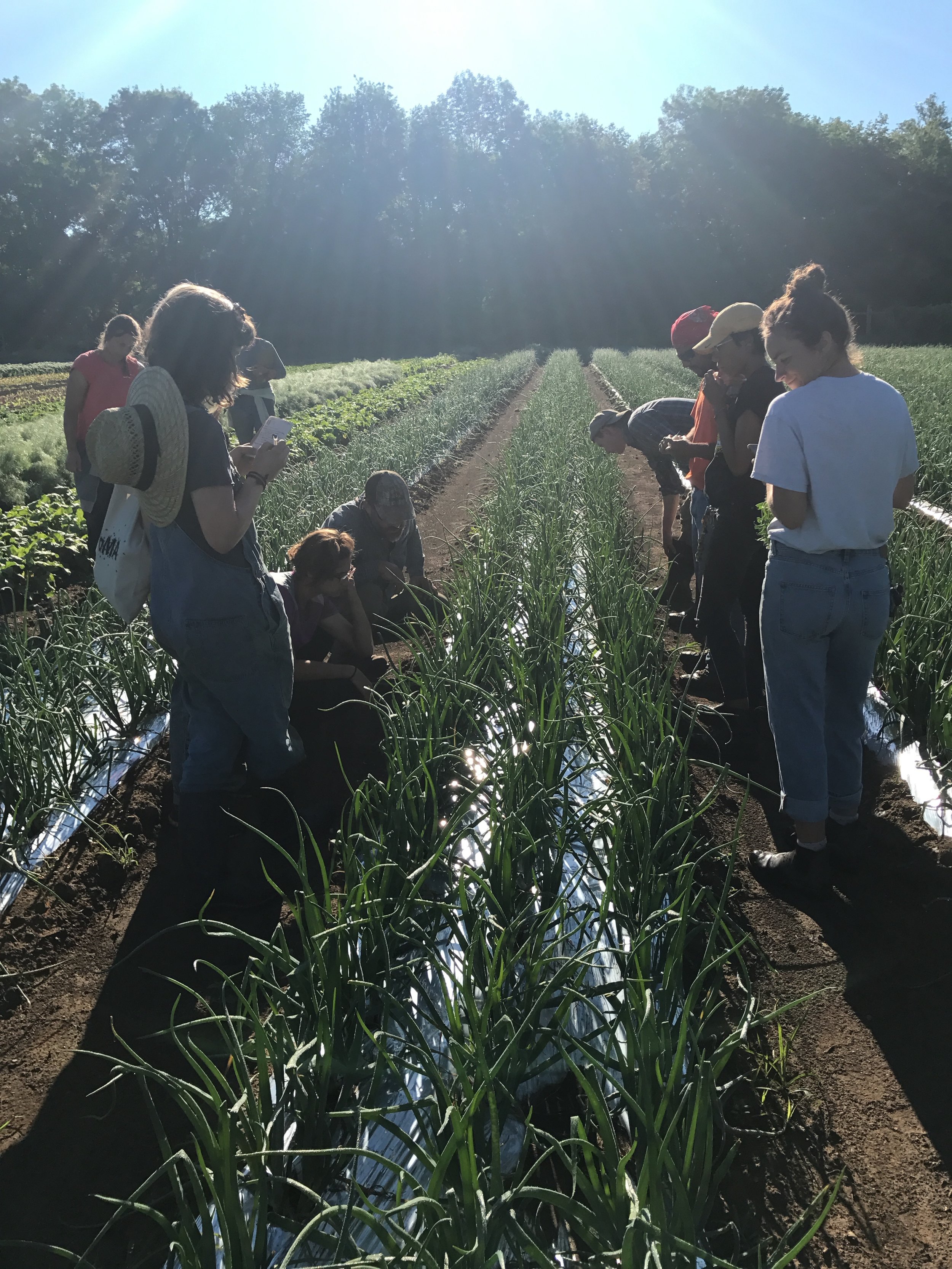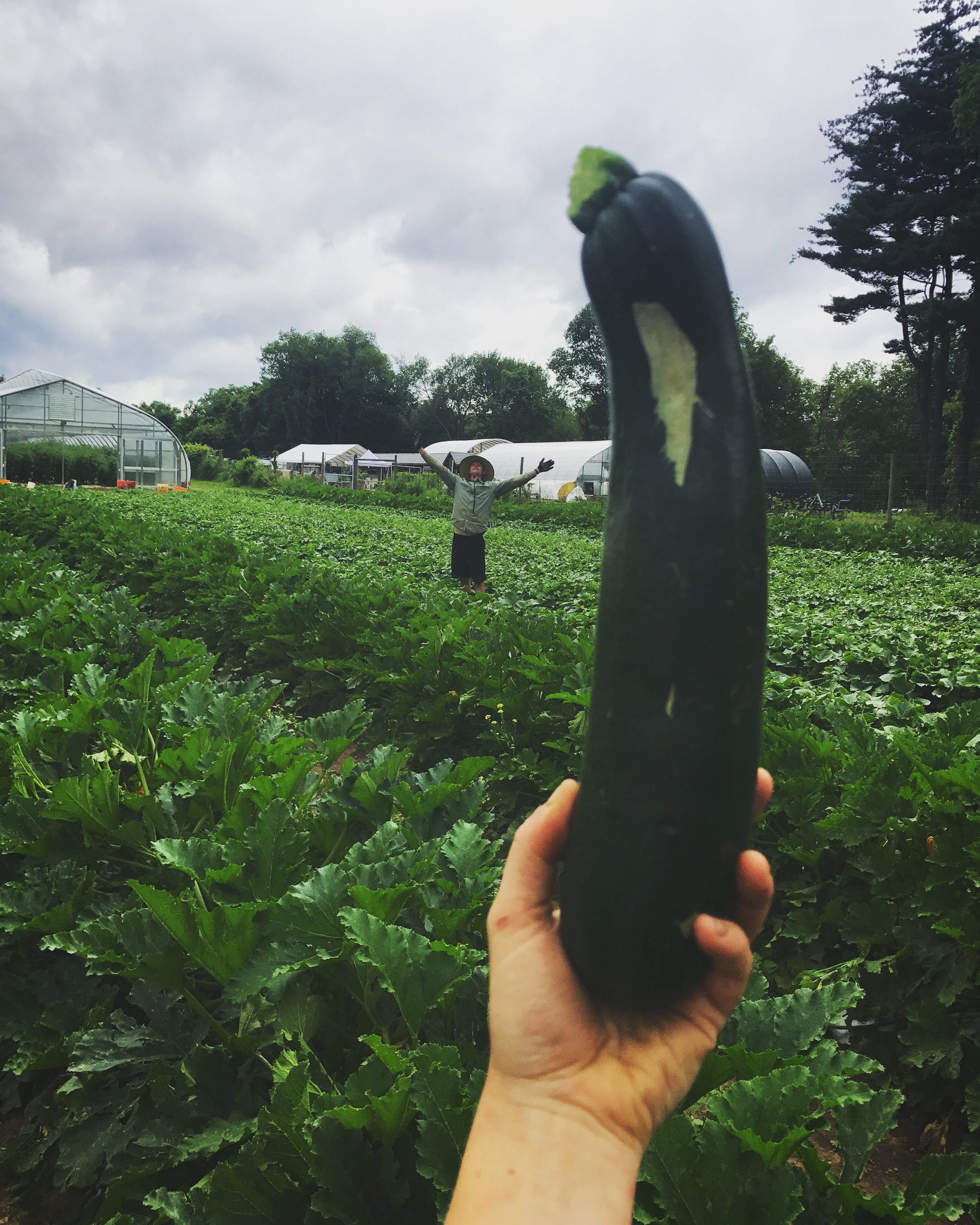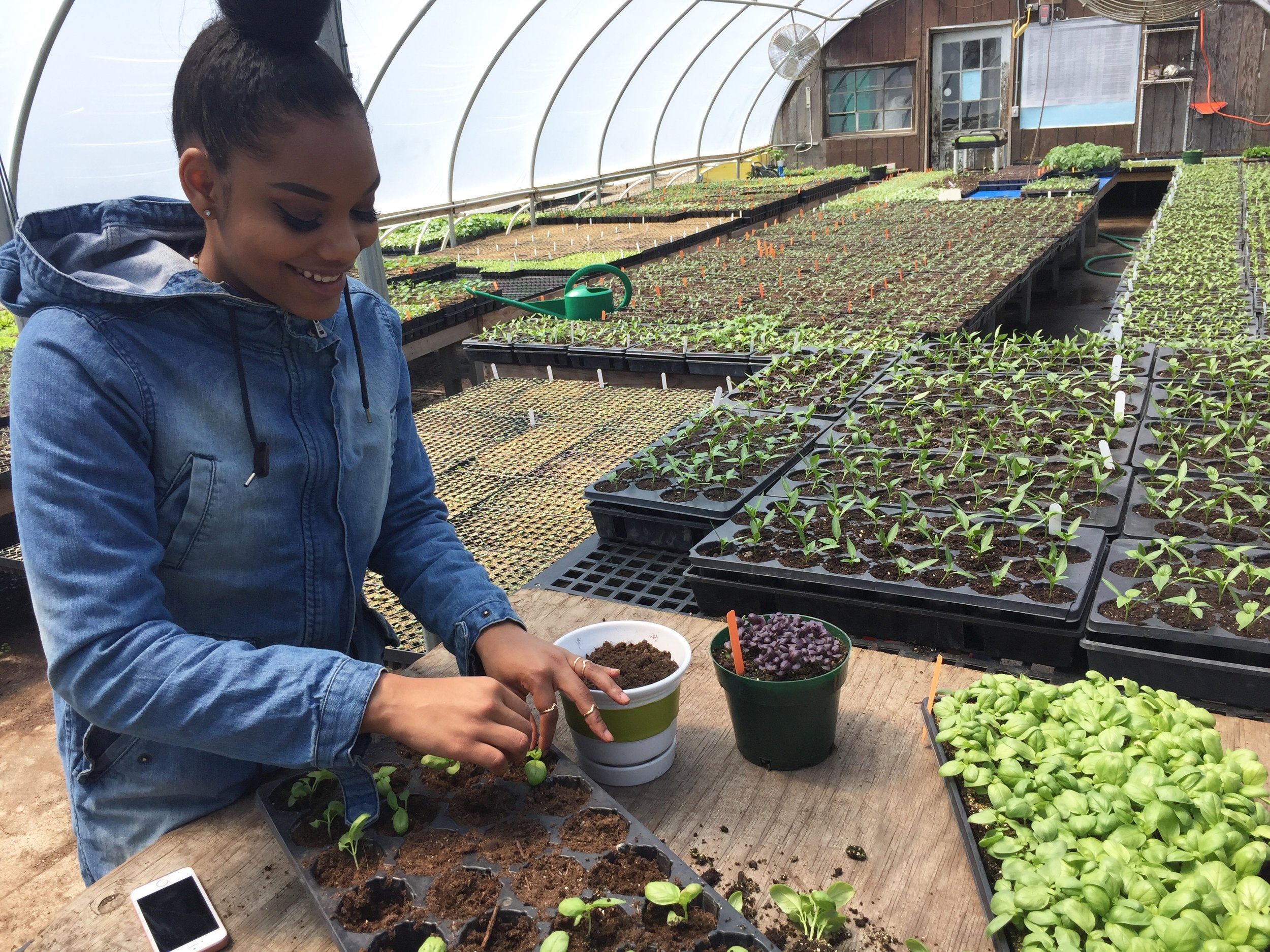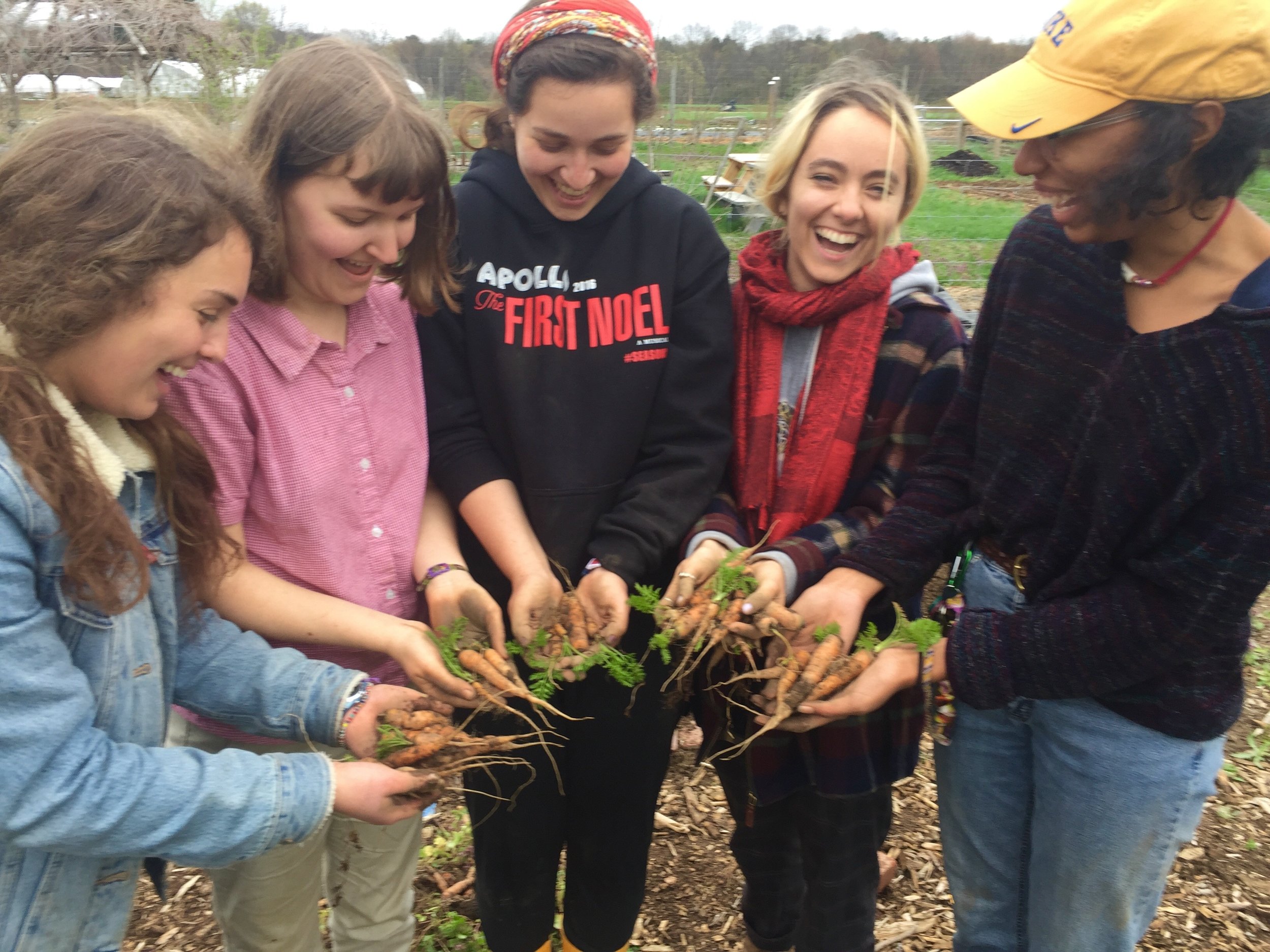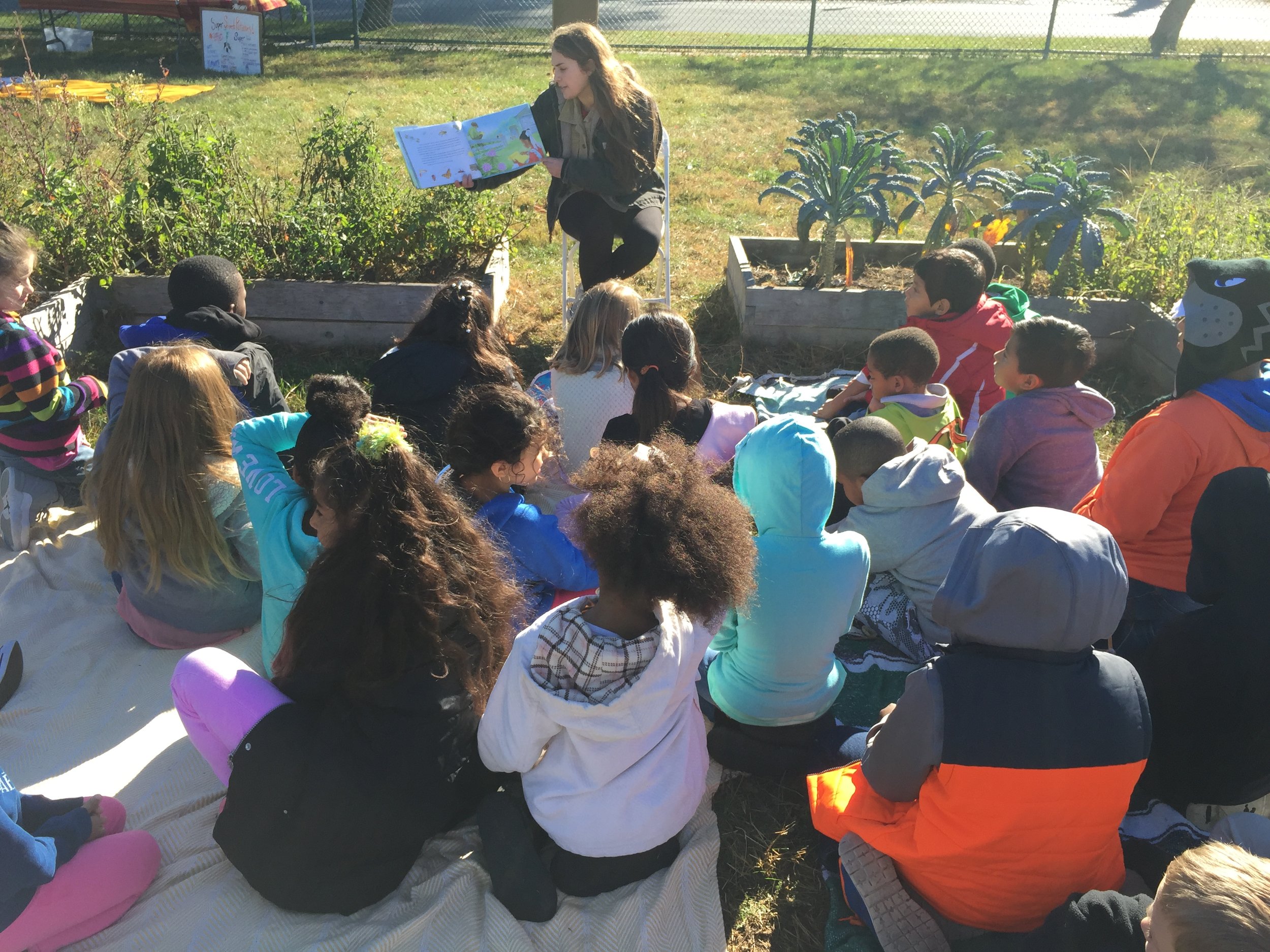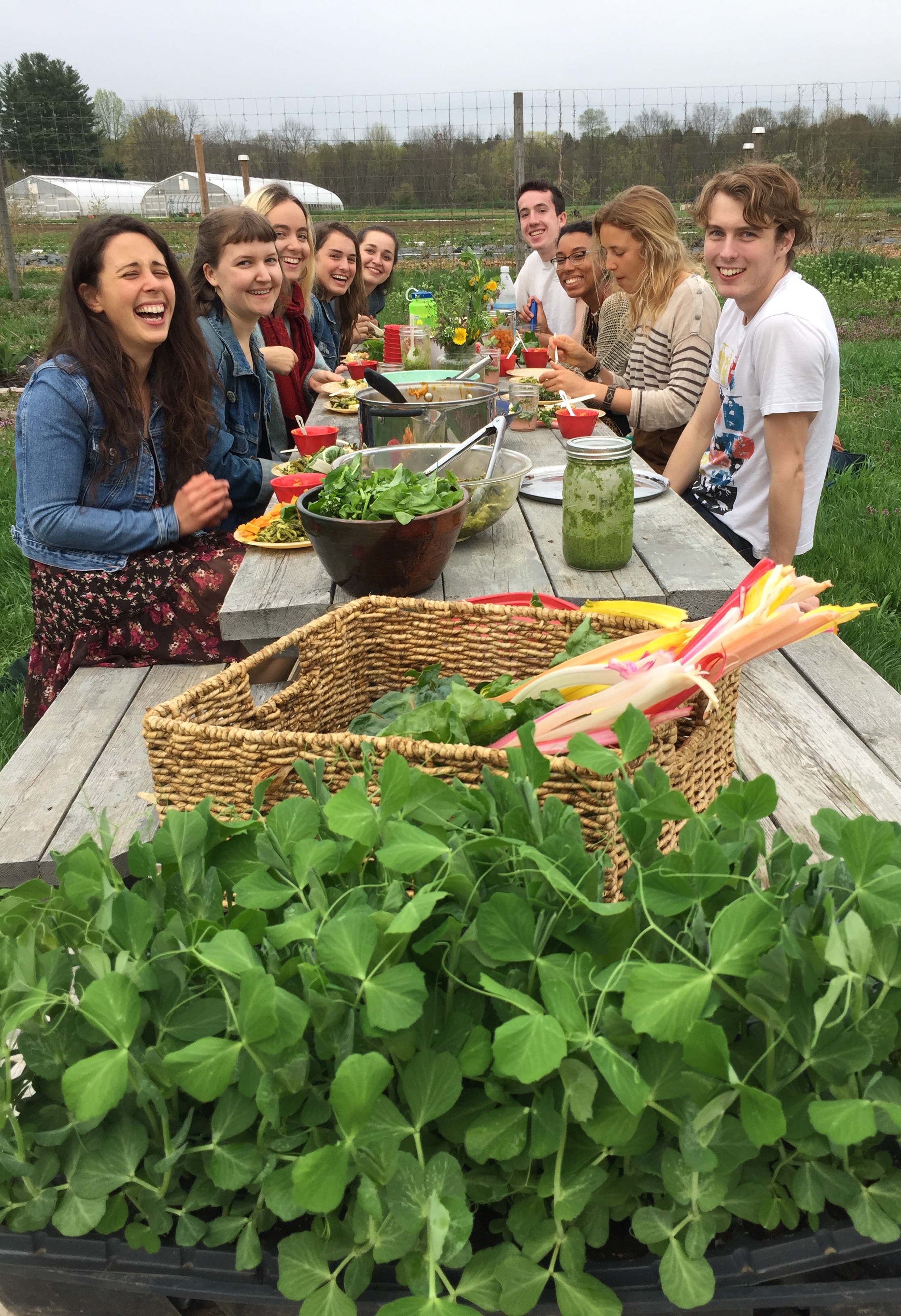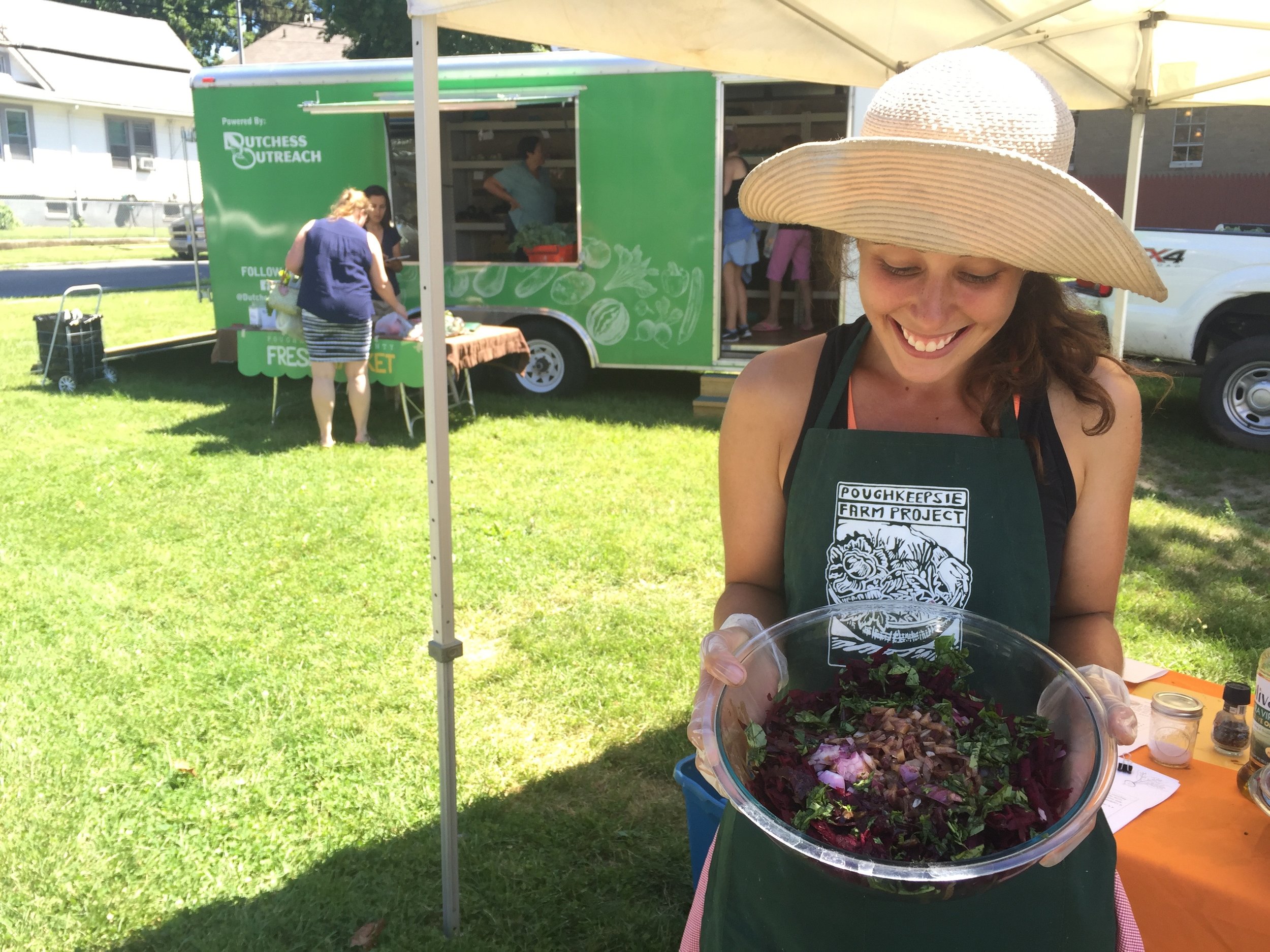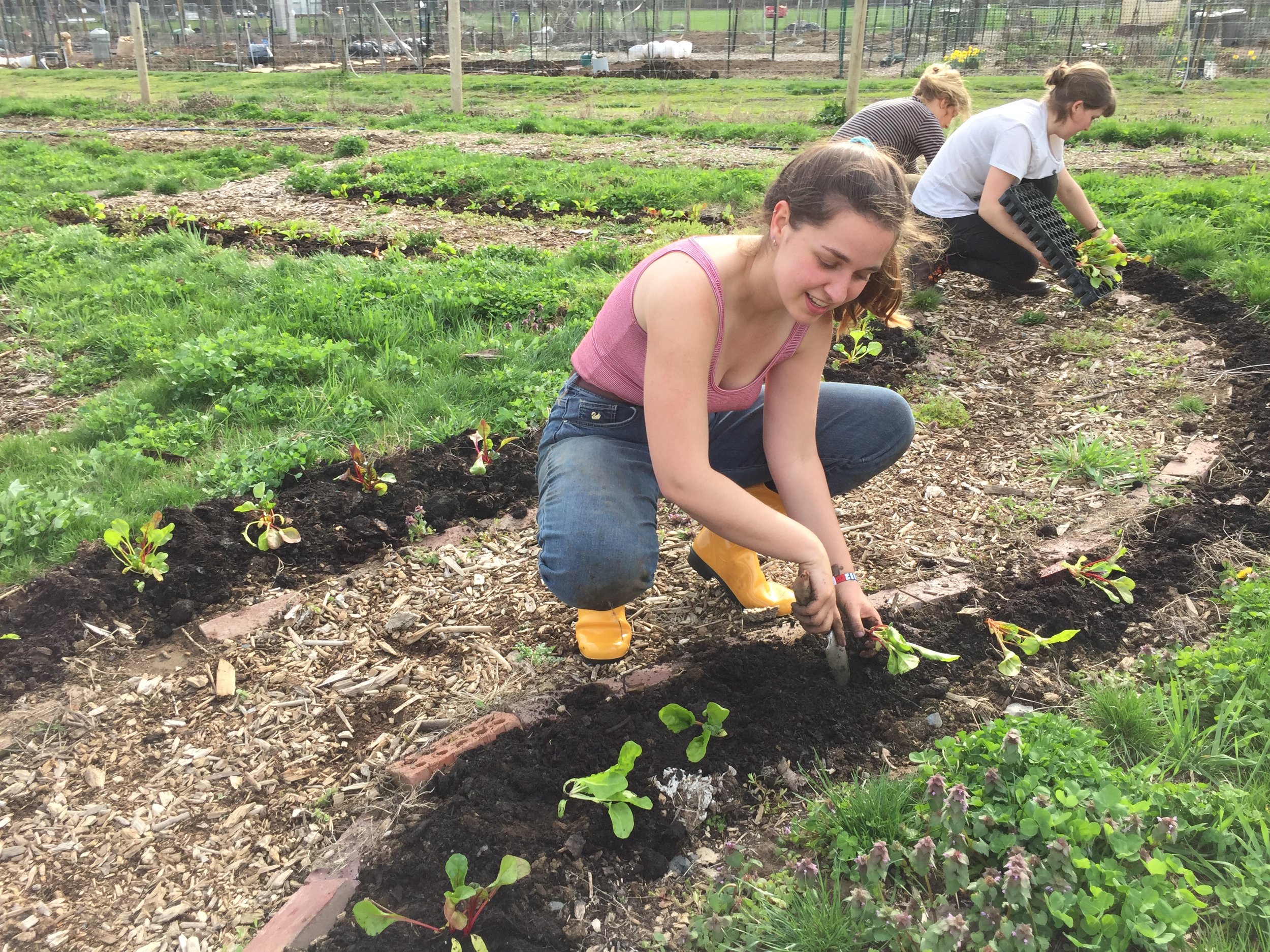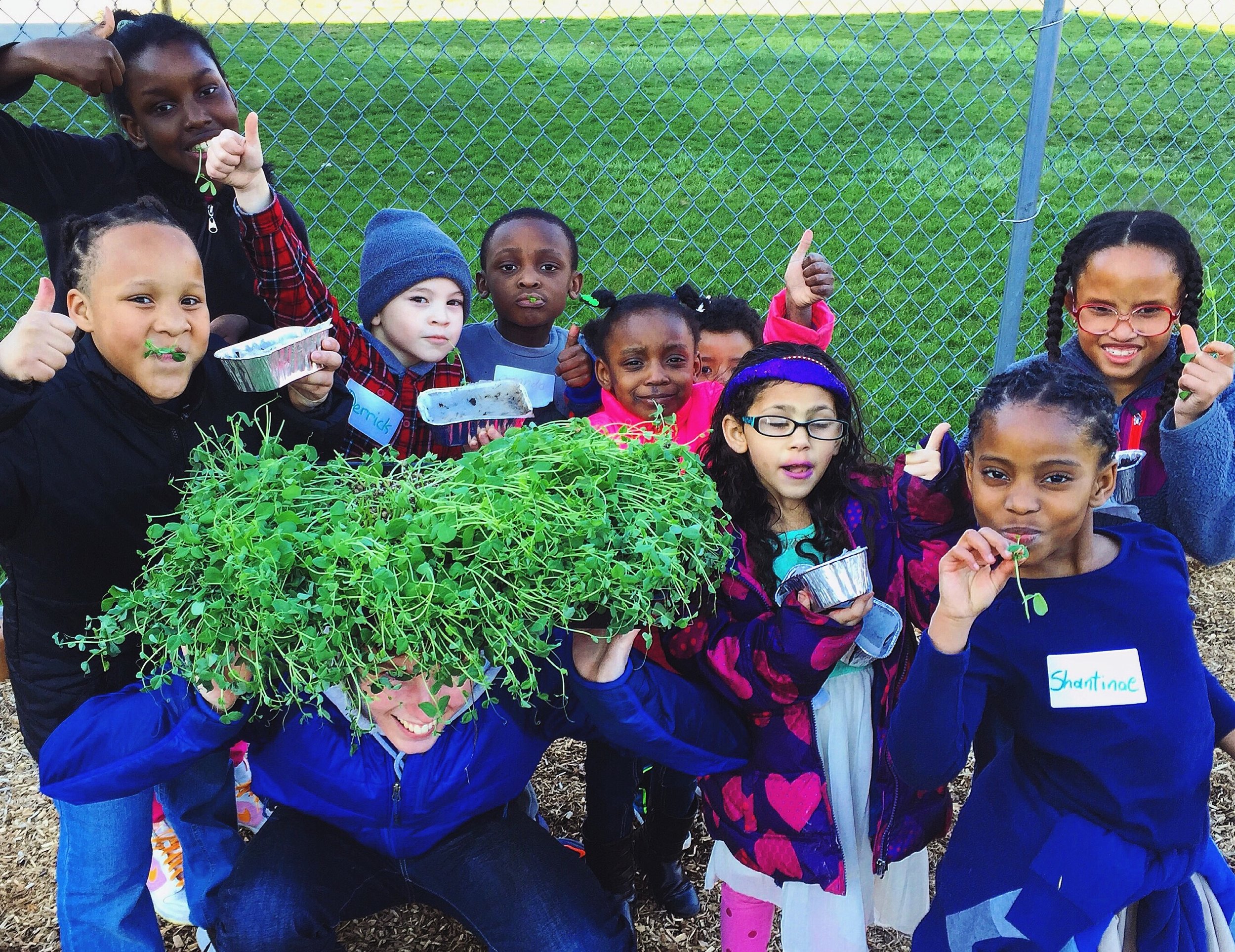Photo credit: Eilif Ronning, PFP Media Intern
On September 19 at Poughkeepsie Farm Project, the organizing committee of Feeding the Hudson Valley held a workshop on gleaning in advance of several gleaning sessions scheduled to procure food for the annual Feeding the Hudson Valley event on October 7 on the Walkway Over the Hudson.
Stiles Najac from Cornell Cooperative Extension Orange County presented on the history of gleaning and its modern revival. Stiles helped participants of the workshop understand how vital gleaning can be for the improvement of food security, both in a broad context as well as here in the Hudson Valley.
Photo credit: Eilif Ronning, PFP Media Intern
PFP interns and workshop participants hard at work gleaning fresh leafy greens
As stated in Stiles’ presentation, “gleaning is the act of collecting leftover crops from farmers’ fields after they have been commercially harvested or from fields where it is not profitable to harvest.” Essentially, gleaning is the gathering of food that would otherwise go to waste. A widespread practice from ancient times and through the Middle Ages, gleaning eventually became a lost custom as property owners rejected gleaners. Today, gleaning is regaining popularity as both as solution to food waste as well as a vital source of nutrient rich food for emergency feeding programs (EFPs).
Photo credit: Eilif Ronning, PFP Media Intern
Sarah Salem from Dutchess Outreach inspects gleaned collard greens to ensure high quality food is being donated.
Nationally, one in every seven people are food insecure. Locally, one in four City of Poughkeepsie households is food insecure. Simultaneously, 62 million tons of food are wasted in the US every year, including 10 million tons of food left unharvested on farms (statistics from “ReFED”). Gleaning provides a solution to both problems – a solution anyone can participate in.
Photo credit: Eilif Ronning, PFP Media Intern
A volunteer holds a freshly picked bunch of kale.
Volunteer gleaning generally operates in two ways. Either farmers call for gleaning on a one-time basis, where food products are gleaned in a short period of time, or there is a call for a weekly or biweekly commitment.
Photo credit: Eilif Ronning, PFP Media Intern
Volunteers glean kale.
Photo credit: Eilif Ronning, PFP Media Intern
Workshop participants glean bright orange, yellow and pink Swiss chard.
Photo credit: Eilif Ronning, PFP Media Intern
A volunteer gleaning Swiss chard, makes sure to leave enough left for a second growth before the end of the growing season.
Photo credit: Eilif Ronning, PFP Media Intern
Student volunteers from the Culinary Institute of America chop away at Swiss chard.
The participants of the workshop successfully gleaned several boxes of greens as the sun set over Poughkeepsie Farm Project before loading up Stiles’ “Gleanmobile” with the boxes of food ready to be donated.
Photo credit: Eilif Ronning, PFP Media Intern
Stiles stands on her “Gleanmobile” with fresh gleaned greens ready for delivery
If you are interested in being a part of gleaning right here in the Hudson Valley, sign up with Feeding the Hudson Valley and use their app, powered by ChowMatch, to help deliver food to organizations in your area!
























